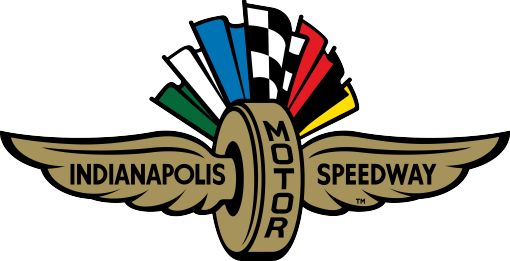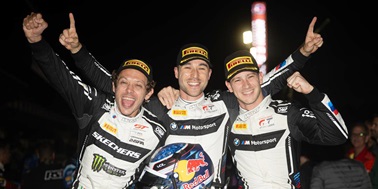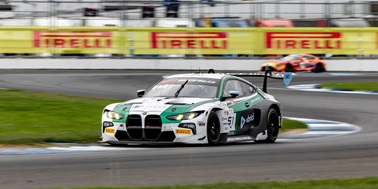A full century ago, one of the most iconic names in American automotive history pulled into Victory Circle at the Indianapolis Motor Speedway and started a winning history at the Racing Capital of the World: Chevrolet.
In 1920, Beaune, France, born Gaston Chevrolet won the Eighth Running of the Indianapolis 500. He was the younger brother of engineers Louis and Arthur Chevrolet, the namesake of the Chevrolet automobile line.
Chevrolet started the grueling 500-mile race near the front. He locked in a sixth starting position in qualifying, using a qualifying format that was brand new in 1920 but now serves as one of the most iconic traditions of the Indianapolis 500.
That year, the qualifying format to set the field for the Indianapolis 500 was changed to a four-lap qualifying run, with the average speed of the combined four laps setting the field. This tradition is what makes Indianapolis 500 qualifying one of the most nerve-wracking qualifying attempts in all of motorsports.
Once the race began Monday, May 31, Chevrolet ran near the front all race long, but by no means did he dominate in his second Indianapolis 500 start.
Joe Boyer ruled the first half of the race, leading 93 of the first 107 laps, but an accident just past the halfway mark took him out of contention. Then, Ralph de Palma took control of the race and led for a total of 79 laps until bad luck struck the popular Italian-American.
With 14 laps to go, one of the magnetos in de Palma’s engine failed, meaning he was only running on four of his engine’s eight cylinders. Chevrolet and his riding mechanic Johnny Bresnahan sailed past the slowing de Palma on Lap 187 of 200 in their No. 4 car.
The final 14 laps were the only laps Chevrolet led all day, and his margin of victory was more than six minutes over second-place finisher Rene Thomas. Chevrolet finished with an average speed of 88.618 mph.
The car Chevrolet drove to victory was built by his older brothers, but it could not called a “Chevrolet,” because the brothers no longer had an association with the automobile line. Entered as a “Monroe Special,” the car was a Frontenac, the line of cars the two brothers built specifically to compete at the Speedway.
Chevrolet’s win was a notable feat for the time, because he won the race on the exact same set of Firestone tires on which he started the race. Chevrolet pitted twice for fuel but never had a tire change.
“It was very notable that the car could go 500 miles and average around 88 mph,” IMS Historian Donald Davidson said. “But certainly, the fact that they never changed tires, that was bragging rights for the tire company.”
This was a first at Indianapolis, which was then as much of a proving ground for automobile companies as a test of driver capabilities. The feat didn’t happen again for another 44 years when A.J. Foyt won the Indy 500 in 1964 on a single set of Firestone tires.
Outside of Indy, Chevrolet had a successful racing season in 1920. However, on Nov. 25, 1920, he died in a racing accident at the steeply banked wooden board track in Beverly Hills, California. He had accumulated enough points from other races and was posthumously declared American Automobile Association (AAA) Champion that season.
When Simon Pagenaud pulled into Victory Circle after winning the 103rd Running of the Indianapolis 500 presented by Gainbridge, it was believed that he was the first French-born driver to win the “500” since Chevrolet, who was born in France but lived in the United States at the time of his win. However, 2003 winner Gil de Ferran was born in Paris but grew up in Brazil.




